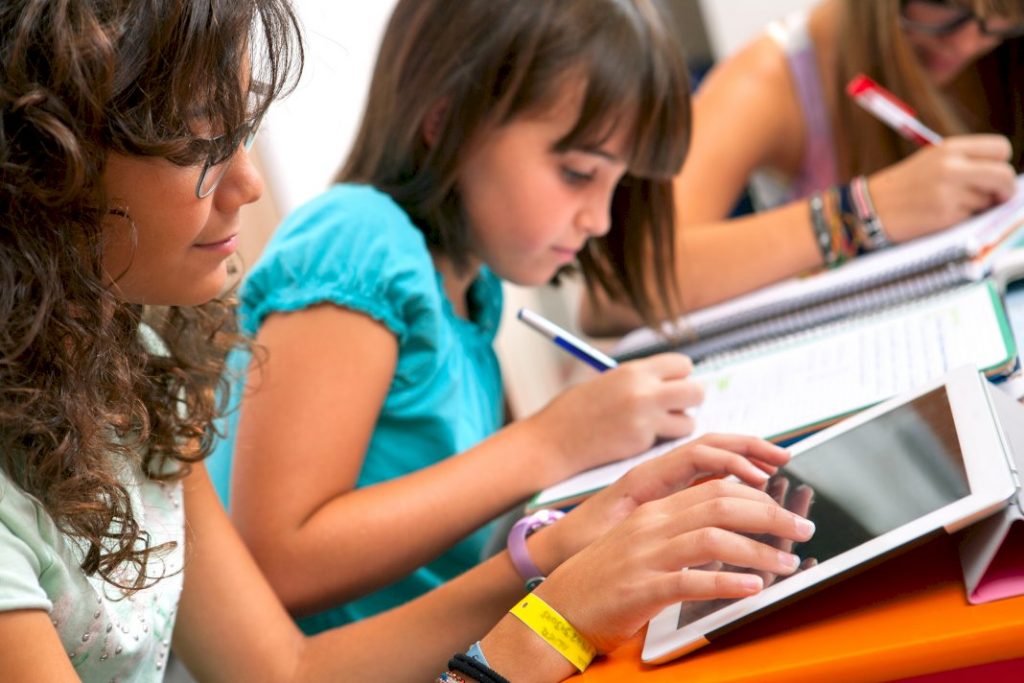Education is one of the most significant aspects of any society. According to World Vision, education links to a country’s wealth and stability. It is a way to mold young minds and prepare them for the future, or it can be a way to reinforce existing cultural values. Every culture has different educational practices, but some general trends are evident.
If you’re interested in learning about how education varies in different countries, below is a brief overview of education in different cultures around the world.

United States
In the United States, education is considered a fundamental right. As the leading country for education, every student in the country is well-entitled to free public education from kindergarten through 12th grade.
After that, students can attend college or university, although this is not required. Most colleges and universities in the US are private institutions, and tuition fees might come at a price. However, there are also public options and student loans available.
In terms of the curriculum, US schools tend to focus on liberal arts and practical subjects. There is also an emphasis on extracurricular activities, such as sports and clubs. Many students from other countries choose to study in the US, as the country is home to some of the world’s top universities, such as Harvard and Stanford.
As you can see, there is great importance placed on education in this country. So, if you’re considering studying in the US, know that you’ll get a top-quality education.
China
The Chinese education system is among the oldest in the world. Confucius, who lived in China over 2,000 years ago, emphasized the importance of education. In ancient times, only males from wealthy families could attend school. However, this changed over time. Today, both sexes have access to education.
Many schools in China are still government-run. However, there has been an increase in private schools in recent years. The Chinese educational system is very exam-based. Students must pass exams to move to the next grade level and get into a good college.
The curriculum focuses on academic subjects, such as math, science, and literature. However, vocational schools are also available for students who want to learn a trade.
If you’re considering studying in China, you must be willing to go all-out and take it very seriously. This way, you can expect to receive a well-rounded education that will prepare you for the future.
United Kingdom
Many international schools follow the UK education system. It is famous for parents who want their children to receive a high-quality education.
The UK curriculum focuses on core academic subjects, such as math, science, and English. However, there is also an emphasis on critical thinking and creativity. It allows students to develop well-rounded skills they can use in the real world.

There are several stages to the UK education system. First, there is a primary school for children aged 5-11. Then, there is a secondary school for students aged 11-16. After that, students can choose to attend sixth form or college for two years. Finally, they can go to university for three to four years.
The UK education system is known for being rigorous and challenging. However, it is also highly respected by employers all over the world. So, the UK might be the right choice if you’re looking for top-quality education.
Philippines
If you’re looking for affordable yet quality education, the Philippines might be the one for you. The country has several universities that offer competitive programs at a fraction of the cost of schools in other countries.
The Philippine educational system is well-patterned after the American system. However, it also incorporates elements from the British and Japanese education systems. But with the recent pandemic, the country has shifted to online education. Many programs are now offering elementary education online in the Philippines. On the other hand, secondary schools have blended learning, a combination of online and offline learning.
The Philippines is ideal for students who want to receive competitive educational knowledge without spending much money. The country has much to offer with its affordable tuition rates and competitive programs.
Japan
In Japan, education is considered very important. The country has one of the highest literacy rates in the world.
The Japanese educational system consists of six years of elementary school, three years of junior high school, three years of high school, and two to four years of university. The focus is on academic subjects, such as math, science, and literature. However, there is also an emphasis on practical skills, such as cooking and carpentry.
Similar to the Chinese education system, the Japanese curriculum is exam-based. Students must pass exams to get into the next grade level and a good college. When studying in Japan, you must be prepared to work hard and handle a lot of pressure. However, you can expect to receive a well-rounded education that will prepare you for the future.
Education varies considerably from one country to another. With such variety available, it’s essential to understand the different educational systems before deciding where to study. So, if you want the best education possible, research the other options and choose the one that’s right for you.




Leave a Comment